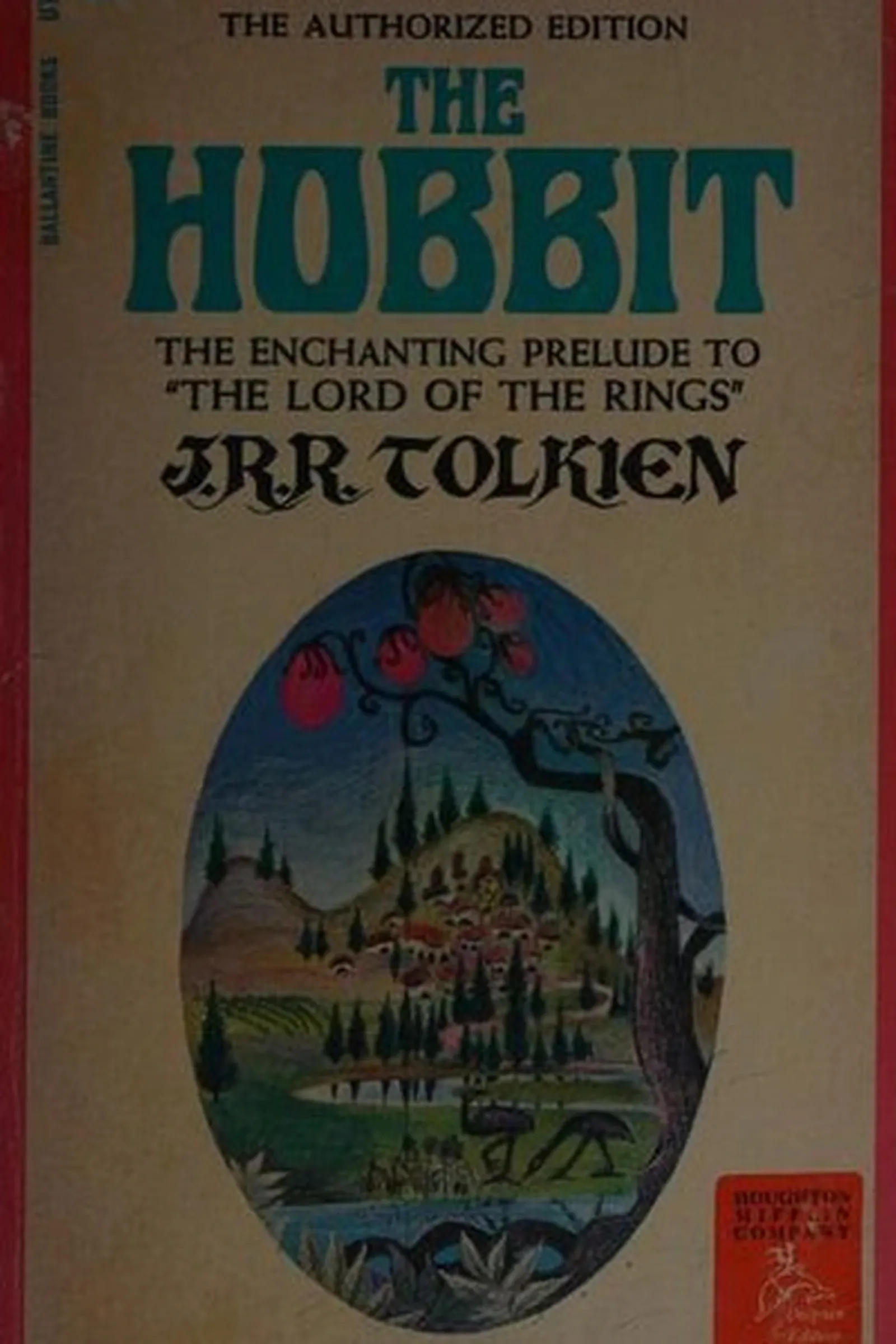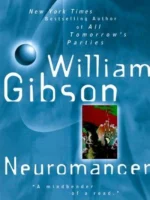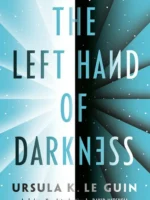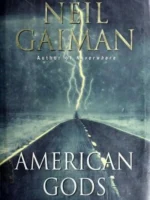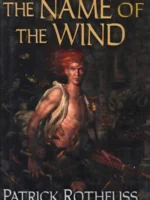The Hobbit, J.R.R. Tolkien, 1937
- Author: J.R.R. Tolkien
- Genre: Sci-Fi/Fantasy
- Publisher: Houghton Mifflin Harcourt
- Publication Year: 1937
- Pages: 310
- Format: Paperback
- Language: English
- ISBN: 978-0547928227
- Rating: 4,7 ★★★★★
The Hobbit Review
About
Published in 1937, J.R.R. Tolkien’s The Hobbit is the book that opened the door to Middle-earth. Originally written for children, it grew into something far deeper—a story of courage, greed, and homecoming that still resonates with adults. Blending humor with heroism, Tolkien created a myth that feels both ancient and cozy, where small kindnesses matter as much as great battles. It’s the rare fantasy that feels intimate, like a tale told by a fire.
Overview
Bilbo Baggins, a comfort-loving hobbit, is swept into an adventure when the wizard Gandalf and a band of thirteen dwarves enlist him as their “burglar” on a quest to reclaim treasure from the dragon Smaug. Along the journey from the Shire to the Lonely Mountain, Bilbo faces trolls, goblins, elves, giant spiders, and, most fatefully, a strange creature named Gollum and his mysterious ring. What begins as reluctance turns into transformation—Bilbo discovers cunning, courage, and a quiet moral center stronger than gold or glory.
Summary
(light spoilers) Bilbo’s journey starts with comic discomfort—late breakfasts missed, songs sung around smoky fires. But danger and wonder grow in tandem. Deep beneath the Misty Mountains, he wins the ring from Gollum in a contest of riddles, a moment that will echo across Tolkien’s later works. The group’s trek through Mirkwood tests endurance and loyalty; their arrival at the Lonely Mountain shifts the story toward greed and pride. Smaug’s arrogance and the ensuing battle for the treasure reveal the cost of desire. By the end, Bilbo returns home changed: smaller in stature than the legends around him, but larger in spirit. The world remains vast, but so does his heart.
Key Themes / Main Ideas
• Ordinary heroism — bravery as quiet persistence.
• Greed and generosity — gold versus goodness.
• Home and adventure — leaving safety to rediscover self.
• Storytelling — myth as memory and transformation.
• Power — how even small acts shift the balance of fate.
Strengths and Weaknesses
• Strengths — Lyrical prose, vivid landscapes, and a timeless moral core; humor softens the peril.
• Strengths — The journey structure makes the world feel discovered step by step.
• Weaknesses — Occasional tonal shifts from children’s tale to epic can jar modern readers.
• Weaknesses — Some songs and detours slow pacing, though they enrich texture.
Reviewed with focus on themes, audience, and takeaways — J.R.R. Tolkien
| pa_author | J.R.R. Tolkien |
|---|---|
| ISBN | 978-2-556-56001-5 |
| pa_year | 1958 |
| Pages | 157 |
| Language | English |

